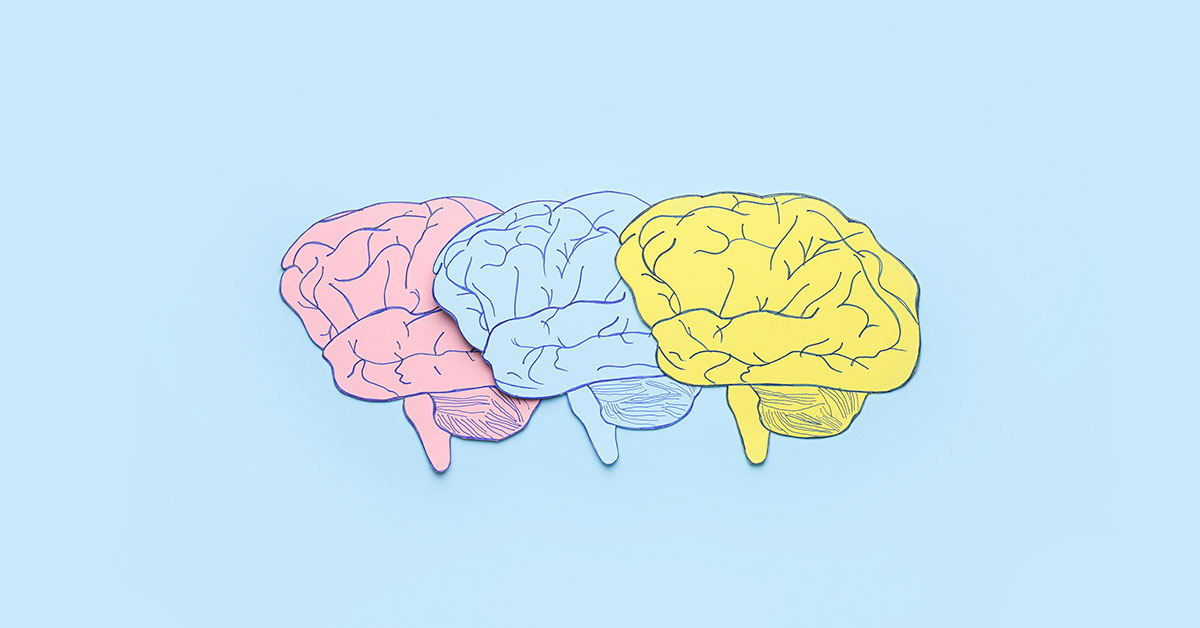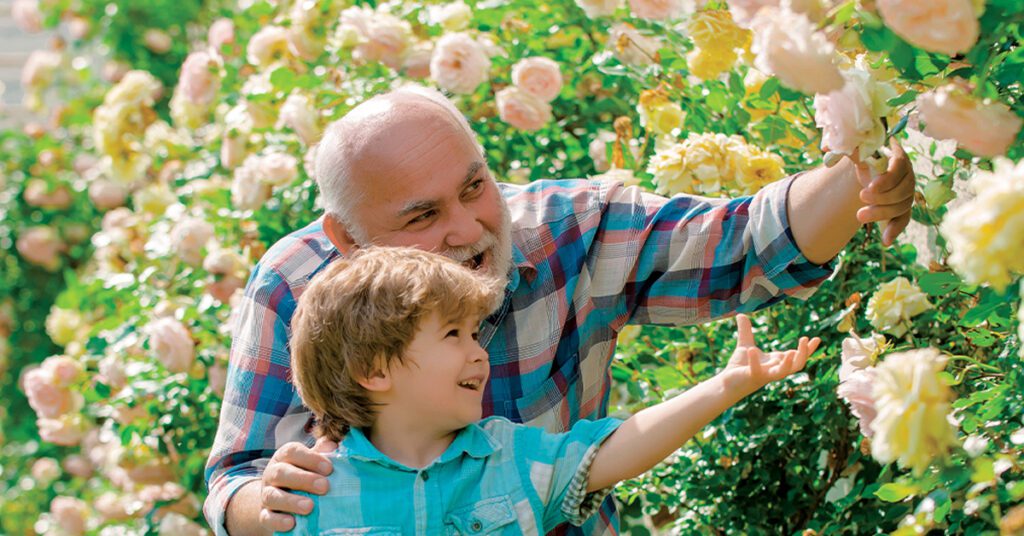The brain is considered the most complex part of the human body. This three-pound organ controls everything from our memory and emotions to our ability to see, breathe, and move. So, which part of the brain controls emotions? The short answer: no single part of the brain works in isolation. It’s a complex system working together. Let’s take a deeper dive to discover how these parts coordinate to process the world around you and the emotions you feel.
What Are Emotions and Why Do We Have Them?
Emotions; we love them when they feel good, but a change in mood can really ruin the day. (We’ve all been there!)
Although we may not enjoy so-called “negative” emotions, they do have their purpose. Pain teaches us not to touch a hot stove. Fear guides us away from danger. Anger motivates us to protect ourselves or fight back. Disgust keeps us from eating rotten food or engaging in objectionable social behaviors.
Pleasant emotions have their purpose, too. Love and happiness drive social connections and help us bond with family and loved ones. Satisfaction rewards us after working hard to achieve a difficult goal. Fulfillment motivates us to follow our passion and purpose.
And we can thank our brains for all of it;: the good, the bad, and the ugly! So, what is that one part of the brain that controls emotions? In truth, no single area of the brain is responsible for it all. Parts of the brain work together resulting in a huge spectrum of human emotions.
How do we know? Scientists use functional resonance imaging (fMRI) to observe which areas of the brain activate during different emotions. The painless test scans the brain and measures electrical activity. For example, if certain areas become more “active” when you feel happy, then those parts of the brain are considered responsible for that emotion.
The Limbic System aka “The Lizard Brain”
Scientists have grouped the parts of the brain involved in our behavioral and emotional responses into the limbic system. It includes a collection of structures from the cerebrum, diencephalon, and midbrain.
The limbic system controls the “six f’s”: fighting, fleeing, feeding, fear, freezing up, and fornication. We call it the “lizard brain” because it describes the basic (and only) brain functions of a lizard.
The limbic system doesn’t include just one section of the brain. It is made up of multiple parts from different brain regions including the hypothalamus, amygdala, hippocampus, and limbic cortex. Let’s take a look at which parts of the brain are mainly responsible for common emotions.
What part of the brain controls happiness?
We can define happiness as an emotional state characterized by feelings of joy, satisfaction, contentment, and fulfillment. So, what part of the brain controls positive emotions like happiness? Several activate, including:
- The right frontal cortex
- The precuneus
- The left amygdala
- The left insula
What part of the brain controls fear?
We experience fear in response to the threat of harm, whether physical, emotional, or psychological—real or imagined. Fear generally activates in:
- The bilateral amygdala
- The hypothalamus
- Areas of the left frontal cortex
Threatening situations may also coincide with that “gut” feeling—an instinctive reaction to danger. This emotion occurs in the amygdala. It can also trigger a sense of urgency typically associated with survival in the hypothalamus.
What part of the brain controls anger?
We all experience anger from time to time. This intense, non-cooperative emotional response usually occurs when we feel provoked, hurt, or threatened. Anger activates in:
- The right hippocampus
- The amygdala
- Both sides of the prefrontal cortex
- The insular cortex
What part of the brain controls sadness?
We experience sadness on a spectrum. It can happen after a disappointment or letdown. We can feel extreme versions of sadness, like depression or grief. Although unpleasant, it helps signal a need to receive comfort. Sadness is associated with:
- The right occipital lobe
- The left insula
- The left thalamus
- The amygdala
- The hippocampus
What part of the brain controls disgust?
Disgust arises as a feeling of aversion towards something offensive, distasteful, unpleasant, or even contagious. Disgust occurs in:
- The left amygdala
- The left inferior frontal cortex
- The insular cortex
What part of the brain controls surprise?
Surprise happens in response to an unexpected event. And as we all know well;, there are good surprises… and there are not-so-good ones! Surprise activates:
- The bilateral inferior frontal gyrus
- The bilateral hippocampus
Like it or not, emotions are a part of the human experience. Certain emotions can feel uncomfortable, intense, and unbearable at times. Techniques like meditation, exercise, and herbal supplementation can help ease the stress of powerful emotions so we can process them in a healthy way without feeling overwhelmed.
Calm Focus Gummies Available Now!
NeuroQ Calm Focus gummies contain ashwagandha. They provide stress relief and emotional balance, so you can think clearly and focus under pressure.





